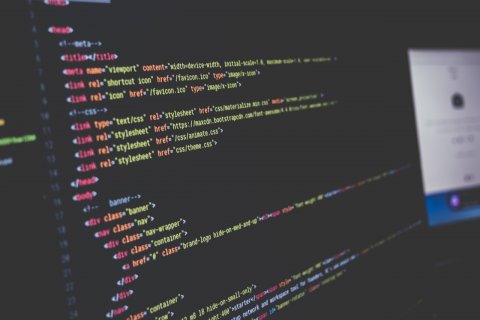Beyond The Hour of Code: Six Tools for Learning Coding

At the beginning of December, in schools across the country, thousands of students and educators started programming during The Hour of Code. Since the first Hour of Code four years ago 659,246,217 people in 180 countries and 45 languages have been introduced to programming in an easily accessible, clear, and fun way.
In a recent blog post, DigitalJLearning’s Educational Technology Consultant, Monica Brandwein, suggested an unplugged activity for students of all ages. Monica’s activity gave a taste of what the logic of programming looks like and introduced the basics of how computers think and take directions.
Hopefully, you have had a chance to try out some of the ideas in Monica’s blog, or even to run a school-wide Hour of Code. Are you wondering what’s next? Where can you go in expanding on the ideas you introduced to your students and helping them understand what programming is all about? How can you connect this to other curriculum in science, math, the humanities, and art? Below are some great tools to check out if you’d like to dive further into programming in class, for students of all ages and abilities.
-
Daisy the Dinosaur This app is free and very simple. By dragging and dropping code snippets with simple directions like “move” and “jump” kids animate a dinosaur named Daisy to make her dance and play. For ages 5-7.
-
Kodable Using an animated puzzle interface, this game which includes both free and paid versions, introduces students to the key concepts used in all programming languages. A teacher backend is available and is complemented by suggestions for unplugged lessons and in-depth explorations of each concept. For grades K-5.
-
Hopscotch Similar to the famous MIT tool Scratch, this app builds on basic skills from apps like Daisy the Dinosaur, Kodable, or Scratch Jr. to expand on simple concepts with more complex assignments and coding fragments. Curriculum for integrating programming to other content areas is also available! Ages 8 and up.
-
Apple’s Swift Playground Focusing on Apple’s own language, Swift, this app is great for students just starting out who are a little bit older. It requires no coding knowledge, but has students writing and remembering syntax rather than using pre-written code. Students solves simple puzzles to master the language and then proceed to more complex assignments. Ages 10 and up.
-
Khan Academy Khan Academy provides courses in more than just programming, and your students might already be familiar with the platform. For coding, it provides self-paced courses on CSS, HTML, JavaScript, as well as a few focusing on specific tasks like game design and nature simulations. Ages 10 and up.
-
Processing tutorials For students who are creative, and want to combine their love of art with coding and technology, and love a challenge - there is Processing. Processing is a software sketchbook for learning programming specifically within the context of visual arts and data visualization. The tutorials for students who are comfortable working on their own and already familiar with the basics of programming. Middle school and up.
Tatyana Dvorkin is Director, DigitalJLearning, for The Jewish Education Project.